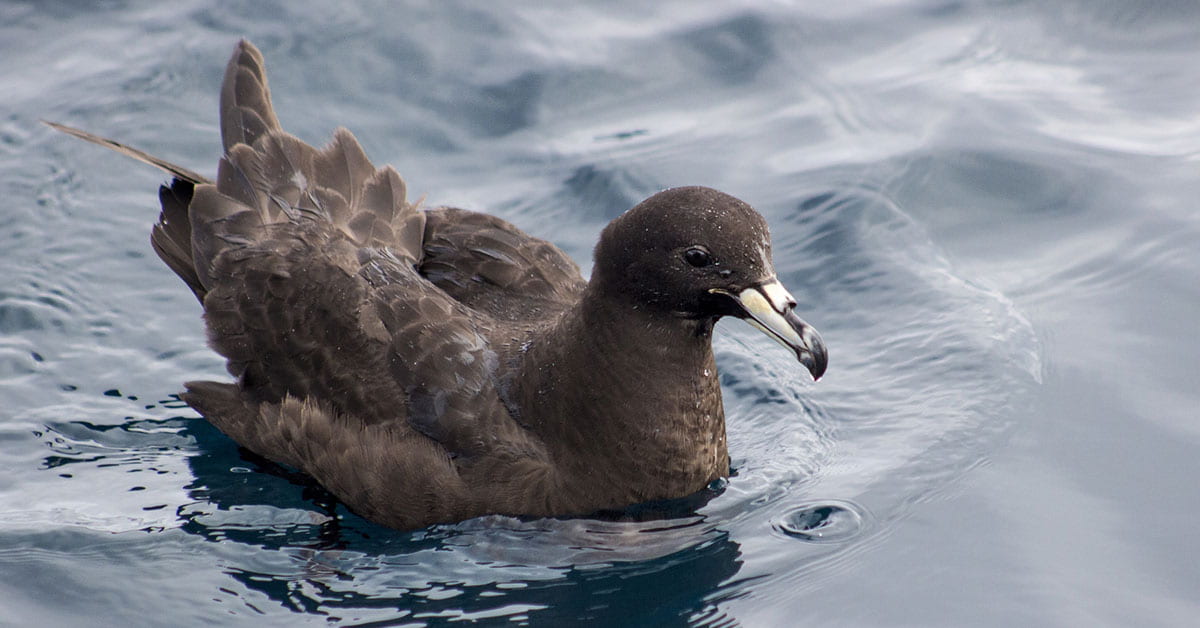 Black petrels are a threatened seabird. They breed on Aotea Great Barrier Island and Te Hauturu-o-Toi Little Barrier Island and nowhere else in the world. Fishing is undertaken in this area, meaning the birds are at risk of capture while foraging at sea.
Black petrels are a threatened seabird. They breed on Aotea Great Barrier Island and Te Hauturu-o-Toi Little Barrier Island and nowhere else in the world. Fishing is undertaken in this area, meaning the birds are at risk of capture while foraging at sea.
A collaborative trial, driven by the Black Petrel Working Group tested whether cameras could be used to detect seabird capture on fishing vessels as accurately as human observers.[1]
Cameras were shown to be as reliable as human observers in detecting seabird captures. However, there were some discrepancies in species identification.[2] Additionally, fishers increased their reporting of seabird captures.[3] An audit of the trial, funded by Fisheries New Zealand, validated the results.
The collaborative effort between the fishing industry, government, iwi and environmental groups illustrates how new technologies can improve our knowledge of the magnitude of the impact of fishing on threatened species. That knowledge can then inform solutions to protect black petrels.

Black petrel off the coast of Whangārei. Image credit: Oscar Thomas/iNaturalist (CC BY-NC-ND 4.0).
References and footnotes
[1] Hauraki Gulf Forum (2020) State of our Gulf 2020. Hauraki Gulf/Tīkapa Moana/Te Moananui-ā-Toi State of the Environment Report 2020.
[2] McKenzie, A. (In Press) Seabird captures for FMA1 bottom longline fishery in 2017/18 fishing year: Comparison of electronic monitoring, observer, and audit data.
[3] Tremblay-Boyer, L. and Abraham, E. R. (2020) Increased fisher-reporting of seabird captures during an electronic-monitoring trial, New Zealand Aquatic Environment and Biodiversity Report No. 238.
